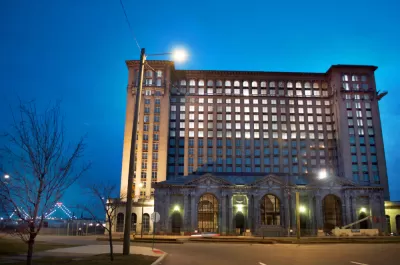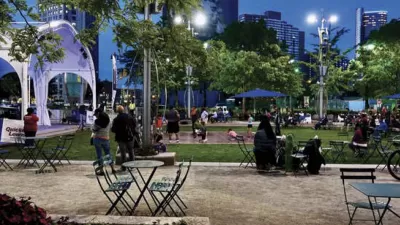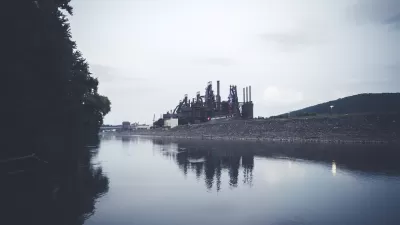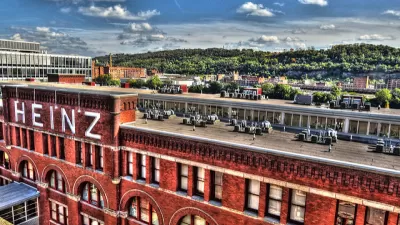Americans living in legacy cities face a unique set of challenges and opportunities in recovering from the COVID-19 pandemic. Several local, state, and federal support strategies could aid these cities in recouping losses.

America's legacy cities, think older industrial cities like Detroit, Cleveland, St. Louis, Pittsburgh, and Buffalo and Rochester, N.Y., are faced with unique and unprecedented challenges during the COVID-19 pandemic, says Lavea Brachman. With historical roots as key players in the industrial and manufacturing economies, legacy cities have experienced decades of high rates of unemployment with many residents facing chronic poverty and material insecurity.
"Putting these places on the road to recovery and prosperity is key to mitigating harmful regional imbalances in the U.S. economy, and their demographic legacies make them linchpins in the country’s efforts to achieve greater racial equity," writes Brachman. "Ensuring prosperity in these cities will not only yield economic benefits for our nation but also advance social progress."
Brachman's article goes on to lay out five reasons "why legacy cities could be hit harder than other places" as well as three unique advantages possessed by legacy cities during crises. According to Brachman, collaboration is a necessity for driving a racially equitable recovery in legacy cities. One key point: intentionally creating economic points of entry to capital investment for minority entrepreneurs and entrepreneurs of color. "Local innovation—along with state and federal policies and supports—and a promising new generation of local leaders can drive such a recovery."
FULL STORY: The perils and promise of America’s legacy cities in the pandemic era

Study: Maui’s Plan to Convert Vacation Rentals to Long-Term Housing Could Cause Nearly $1 Billion Economic Loss
The plan would reduce visitor accommodation by 25,% resulting in 1,900 jobs lost.

North Texas Transit Leaders Tout Benefits of TOD for Growing Region
At a summit focused on transit-oriented development, policymakers discussed how North Texas’ expanded light rail system can serve as a tool for economic growth.

Using Old Oil and Gas Wells for Green Energy Storage
Penn State researchers have found that repurposing abandoned oil and gas wells for geothermal-assisted compressed-air energy storage can boost efficiency, reduce environmental risks, and support clean energy and job transitions.

Private Donations Propel Early Restoration of Palisades Playground
Los Angeles has secured over $1.3 million in private funding to restore the Pacific Palisades playground months ahead of schedule, creating a modern, accessible space that supports community healing after recent wildfires.

From Blight to Benefit: Early Results From California’s Equitable Cleanup Program
The Equitable Community Revitalization Grant (ECRG) program is reshaping brownfield redevelopment by prioritizing projects in low-income and environmental justice communities, emphasizing equity, transparency, and community benefits.

Planting Relief: Tackling Las Vegas Heat One Tree at a Time
Nevada Plants, a Las Vegas-based nonprofit, is combating the city’s extreme urban heat by giving away trees to residents in underserved neighborhoods, promoting shade, sustainability, and community health.
Urban Design for Planners 1: Software Tools
This six-course series explores essential urban design concepts using open source software and equips planners with the tools they need to participate fully in the urban design process.
Planning for Universal Design
Learn the tools for implementing Universal Design in planning regulations.
Ascent Environmental
Borough of Carlisle
Institute for Housing and Urban Development Studies (IHS)
City of Grandview
Harvard GSD Executive Education
Toledo-Lucas County Plan Commissions
Salt Lake City
NYU Wagner Graduate School of Public Service





























